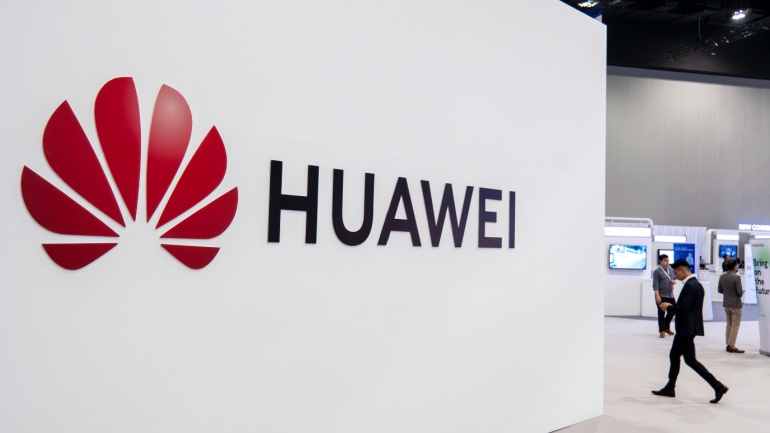Huawei saw its revenue soar 34.3% to CNY417.5 billion ($58.8 billion) in the first half of the year, boosting net profit by 17.8% to CNY54.9 billion. Despite a slight dip in profit margins, Huawei aims to enhance business resilience and optimize its portfolio. Their innovative 5.5G network promises to revolutionize VoIP technology.
Major UK business groups are urging telecoms regulator Ofcom to extend the automatic compensation scheme for broadband outages to encompass all businesses. This demand highlights frustrations over unreliable broadband services impacting productivity and economic growth. Existing compensation covers only domestic-grade services, leaving many businesses without recourse for connectivity issues.
Nokia has secured a crucial agreement with Claro Argentina to deploy 5G infrastructure nationwide, positioning Nokia as the sole supplier. This collaboration aims to revolutionize connectivity, focusing on Argentina’s largest cities. By leveraging Nokia’s cutting-edge 5G AirScale technology, encompassing base stations and massive MIMO radios, this initiative promises unparalleled performance and reliability.
Red Hat’s latest OpenStack Platform update, known as Red Hat OpenStack Services on OpenShift, targets communications service providers (CSPs) to unify traditional and cloud-native networks. Paired with OpenShift’s Kubernetes-based platform, this release offers scalability and flexibility across hybrid cloud environments. Enhanced with Ansible integration and improved observability, it supports cutting-edge AI workloads.
Businesses using VoIP must navigate complex regulations to ensure compliance. Key areas include licensing, security, data protection, emergency services, and international laws, making regulatory adherence crucial for safe and effective VoIP usage.
Workers, represented by the Communications Workers of America (CWA), are striking against AT&T over allegations of unfair labor practices. The CWA accuses AT&T of using unqualified subcontractors, compromising safety. AT&T denies the charges but aims for a fair agreement. With a federal mediator involved, negotiations continue, affecting several southern states.
China Mobile, the world’s largest mobile network operator, has surpassed 1 billion subscribers, adding 559,000 new users in July alone. Notably, it also saw a net addition of 13.7 million 5G customers, bringing its total to nearly 528 million. Such growth underscores China Mobile’s strategic push in the VoIP and 5G sectors.
Qatar’s Communications Regulatory Authority (CRA) will shut down 3G networks by December 31, 2025, to bolster 4G LTE and 5G services nationwide. This shift, part of Qatar National Vision 2030, aims to optimize spectrum resources, enhance telecommunication service quality, and drive economic diversification. VoIP users will enjoy improved connectivity and efficiency.
Indosat Ooredoo Hutchison has launched Indonesia’s first AI Experience Center at Solo Technopark, Central Java. This state-of-the-art facility, boasting advanced 5G connectivity, aims to establish Indonesia as a future leader in AI. The center will foster innovation, develop AI-ready talent, and support the nation’s digital transformation.
The government of Peru’s innovative plan to allocate 5G spectrum to telecommunication operators prioritizes coverage expansion over cash payments. This initiative aims to accelerate the deployment of 5G standalone technology, particularly in underserved rural areas. This regulation enhances infrastructure growth while reducing financial burdens, promising to reshape Peru’s telecom landscape.













